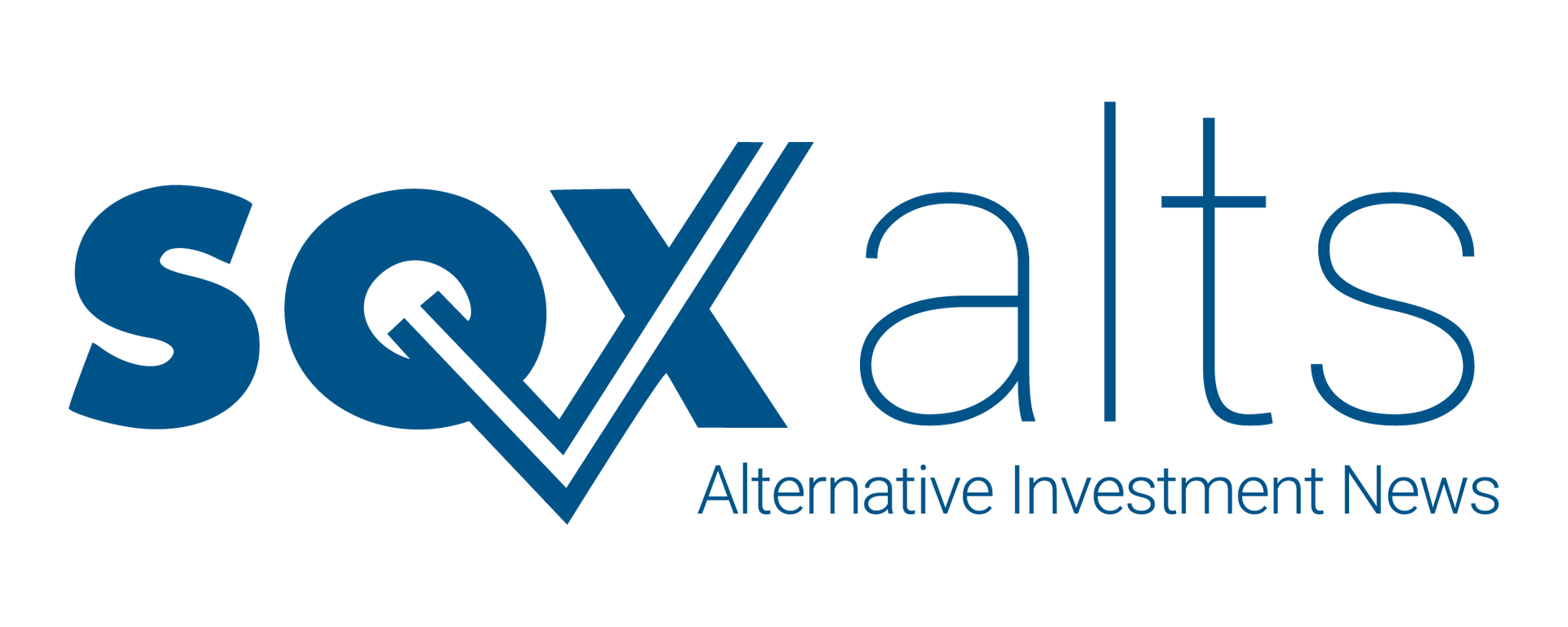Man-AHL Diversified I L.P. Posts $6.9M Q1
Despite high-frequency trading strategies and diversified global exposure, the fund struggled across multiple sectors during a volatile first quarter of 2025.
May 13, 2025

Man-AHL Diversified I L.P. closed the first quarter of 2025 with a net loss of $6.9 million. The drop came as global volatility disrupted performance across multiple sectors—from FX and commodities to equities and credit.
The Partnership, which invests almost entirely in Man-AHL Diversified Trading Company L.P., ended March with $65 million in assets, down from $76 million at year-end. That reduction came from $4.4 million in redemptions and the $6.9 million loss from operations.
No new subscriptions were recorded during the quarter.
High-level breakdown
Here’s where things landed: net investment income was negative $286,000, and total expenses came in at $843,466. The largest cost drivers were:
- Management fees: $528,374
- Servicing fees: $176,568
At the same time, the Partnership picked up $709,141 in interest income from its share of Trading Company holdings.
But the biggest drag came from trading. Open positions—especially in futures and forwards—lost value quickly, leading to a $6.6 million trading loss for the quarter.
Where the strategy ran into trouble
The fund operates under the AHL Diversified Program, a rules-based, trend-following strategy that scans for price signals across a wide range of markets. The goal: capture medium-term growth independent of broader stock or bond market moves.
But Q1 didn’t offer the kind of trends the system thrives on. Instead, volatility showed up in unpredictable ways—especially in currencies, commodities, and rates. The model had exposure in all three areas, and many of those positions moved against it.
Margin allocations as of March 31 tell the story:
- Currencies: 5.7%
- Stock indices: 5.0%
- Credit: 2.9%
- Remaining sectors (agricultural, bonds, energy, metals, and interest rates) filled out the balance
Sector-by-sector review
Equities
European equity positions helped early in the quarter, but volatility in U.S. tech—particularly in February—erased those gains. Long exposure to the FTSE Taiwan Index also detracted.
Commodities
Agricultural trades like long coffee and live cattle started strong. But performance weakened in February. Losses in cocoa, platinum, and silver offset earlier wins. Energy was mixed: long U.S. natural gas positions helped, while crude oil positions hurt.
FX
Currency exposure added consistent headwinds. January’s long U.S. dollar position struggled amid shifting trade expectations. Losses were sharpest in the yen and Brazilian real. February brought more turbulence, and March’s currency trades didn’t recover ground.
Credit and Rates
Credit trades in European high yield did well. But those gains weren’t enough to offset losses in U.S. high yield and a range of short Treasury positions. Short positions in SONIA and Euribor were among the hardest hit. A short Japanese bond position provided some cushion.
Under the hood: the Trading Company
Since the Partnership invests through a master-feeder structure, its results mirror those of the Trading Company. The Trading Company recorded a $13.5 million net loss in Q1, with unrealized depreciation on contracts and swap agreements making up the bulk of it.
Total assets at the Trading Company dropped to $162 million from $178 million. Most capital remained in U.S. Treasury bills, derivatives, and cash equivalents.
Open derivatives at quarter-end posted a $3.7 million net unrealized loss.
What this meant for investors
The downturn showed up directly in partner returns. Class A Series 1 units ended the quarter down 9.15%, with Class A Series 2 and Class B Series 1 seeing similar declines.
By March 31, net asset values per unit were:
- Class A Series 1: $4,423
- Class A Series 2: $5,405
- Class B Series 1: $4,423
No incentive fees were paid to the advisor during the quarter, as returns didn’t reach prior high-water marks.
Liquidity and redemptions
The Partnership’s structure remains highly liquid. Most capital is held in cash equivalents or securities that can be readily converted to cash. Units are redeemable monthly, and that flexibility remained in place through the quarter.
Between March 31 and the reporting date, an additional $617,000 was redeemed. No new subscriptions were received during that time.
What to watch next
The Partnership continues to rely on its rules-based system to navigate market shifts. As of now, it's positioned to respond to renewed trend signals should they emerge. But with Q1 marked by choppy moves and few sustained trends, performance took a step back.
That said, with liquidity in place and broad market exposure, the fund is set up to re-engage as conditions stabilize.



